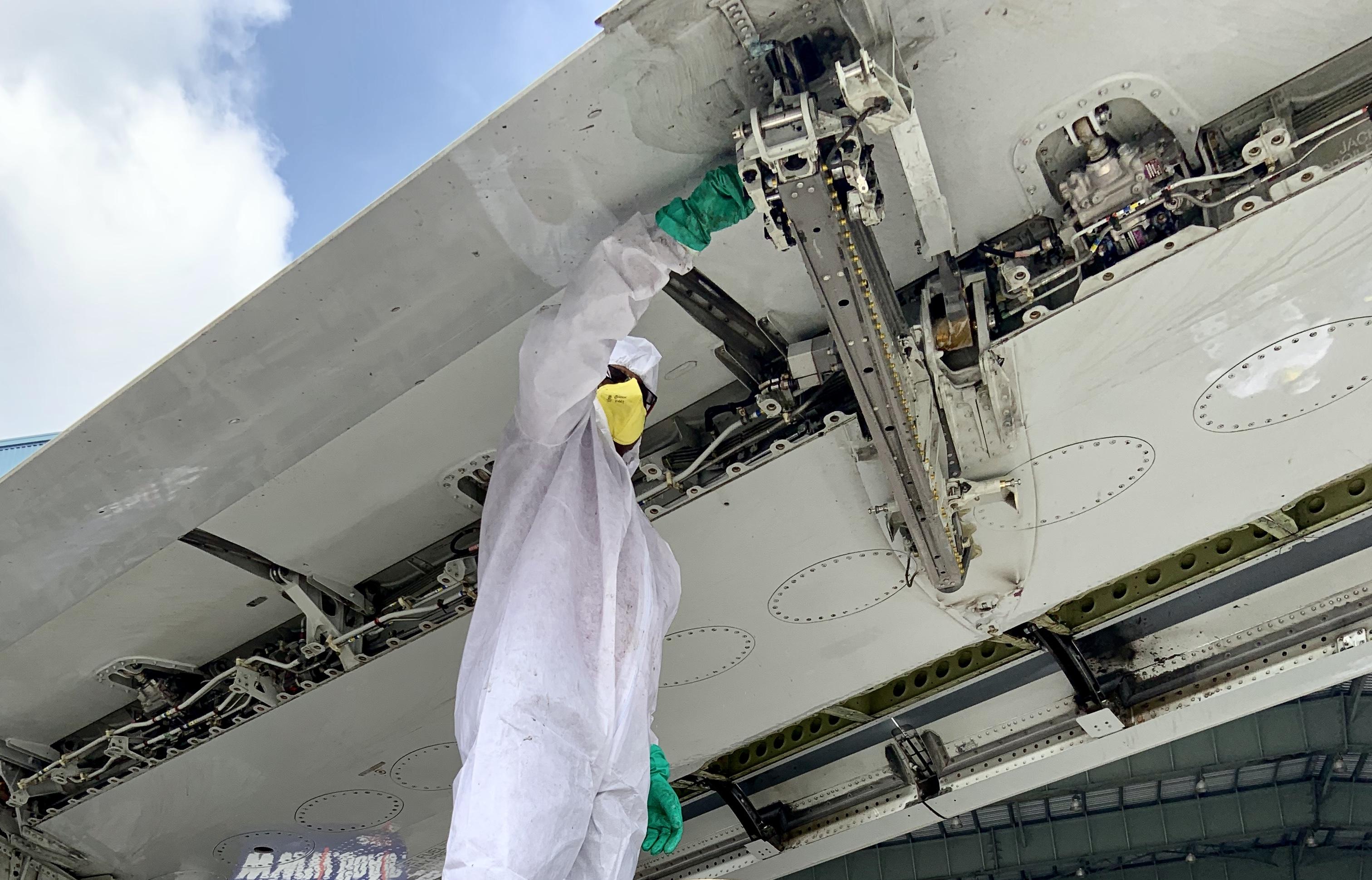
India applied some of the most severe virus-retarding restrictions to both aviation and its economy generally. So far, these restrictions seem to be working, with coronavirus deaths at two per million, versus a global average of 42 per million on May 19, while the effective transmission rate is estimated to be slightly above one.
Now India is moving to help its economy recover. Certain tax changes could dramatically increase the amount of Indian aircraft maintenance that is done domestically.
Prime Minister Narendra Modi recently announced his government will spend up to $265 billion, about 10% of India’s GDP, on economic stimulus. Some of the stimulus will accelerate spending that would have occurred later anyway, and some will be unemployment insurance for laid-off workers or incentives for companies to retain workers.
But on May 16, India Finance Minister Nirmala Sitharaman announced, as part of the stimulus plan, a package of initiatives aimed at industrial infrastructure, coal and mineral mining, defense production, civil aviation and aircraft maintenance.
In civil aviation, Sitharaman is aiming to reduce flying cost by $130 million a year. The minister notes that only 60% of Indian airspace is now available for civil aviation. She wants to ease restrictions so civilian flying becomes more efficient and management of airspace improves to save fuel, time and costs.
The ministry is also seeking to develop world-class airports through public-private partnerships. Six more airports have been identified for a second round of bidding, and Sitharaman expects additional private investment in 12 airports of about $1.7 billion.
Both airspace and airport improvement would benefit aircraft maintenance indirectly. But the Minister also wants India to become a global hub for aircraft MRO. She says the tax regime for the MRO ecosystem has been rationalized, and she expects Indian component repairs and airframe maintenance to increase annual revenue from $104 million to $260 million in three years.
Sitharaman’s MRO plans also include major engine manufacturers setting up repair facilities in India in the coming year and a “convergence between defense and the civil MROs” to create economies of scale. Domestic, more efficient MRO should lower unit maintenance cost for India’s airlines.
What aid will actually be forthcoming, and how realistic are the minister’s hopes for MRO? Pulak Sen, secretary general of the MRO Association of India, does not expect any direct aid or bailouts by the government directed to Indian aviation companies, including MROs. But the ministry has reduced the service tax imposed on domestic aircraft maintenance from 18% to 5%. “This is huge and will provide a tremendous benefit,” Sen says. “It will attract international players to come and set up shop in India and give a great boost to MRO.”
Sen notes that even before the tax changes, engine OEMs and others had been interested in setting up either independent or joint-venture shops in India, so more favorable taxation could tip the balance toward action. But he cautions that actual development of shops will take a couple of years.
The association exec would like to see more help for aviation from the government, for example loans or help in renegotiating lease rates for the 90% of Indian aircraft that are leased.
Of course, the most crucial boost for air traffic and maintenance will be lifting the government’s ban on passenger air travel. That ban is now set to expire for domestic passengers on May 31 at the earliest. Sen estimates it will probably take a further seven to 10 days of maintenance work to prepare 30% of India’s 650 commercial aircraft for flight, about the portion that he judges will be needed to meet immediate demand for air travel.
Others in Indian MRO are also pleased at the government’s focus on the aftermarket. “It is a big way of creating an ecosystem for aviation that will make both civil and defense aviation self-reliant and cost-effective,” says Anand Bhaskar, CEO of India’s largest independent MRO, Air Works. “The sector is capable of huge employment generation too, which is the need of the hour.”
Meanwhile, Air Works seems to be doing its own converging of civilian and defense sectors. It just appointed A. K. Singh, a retired lieutenant general in the Indian Army and former administrator of India’s Andaman and Nicobar Islands, as an independent member of its board of directors.





